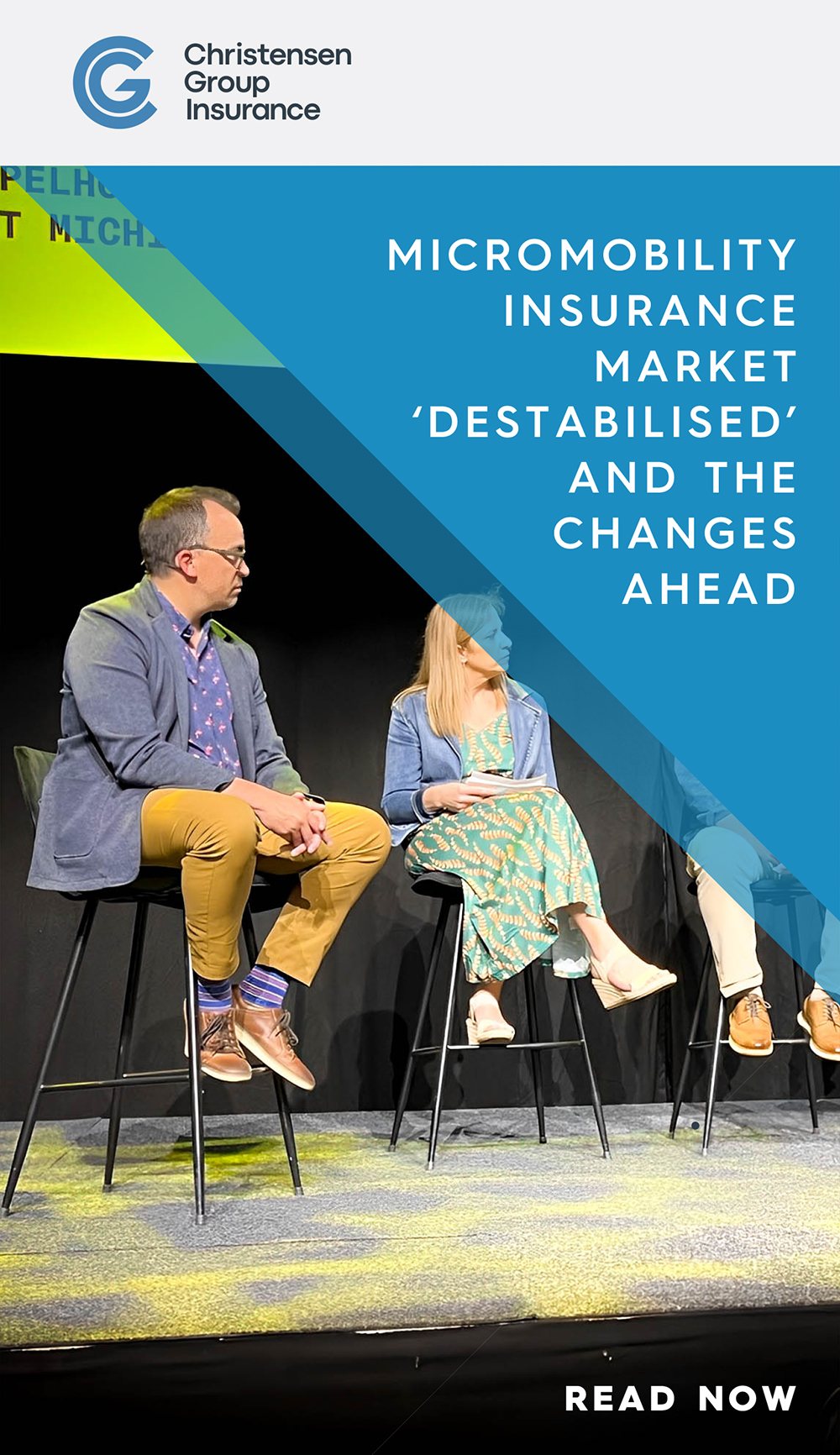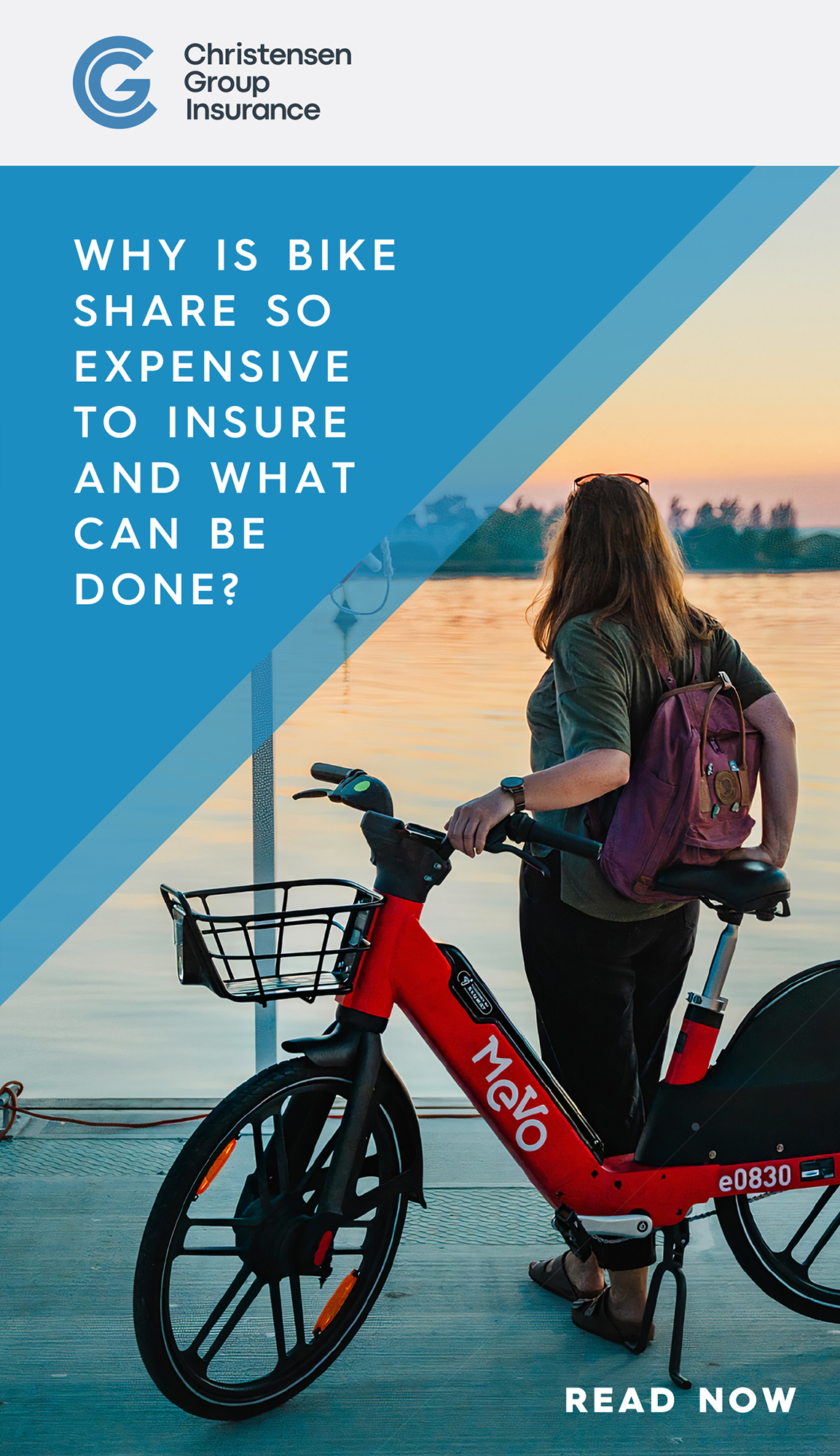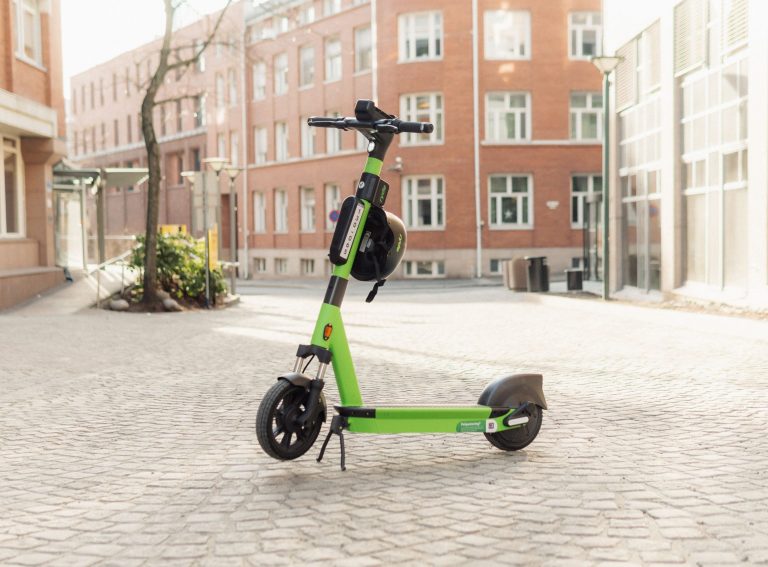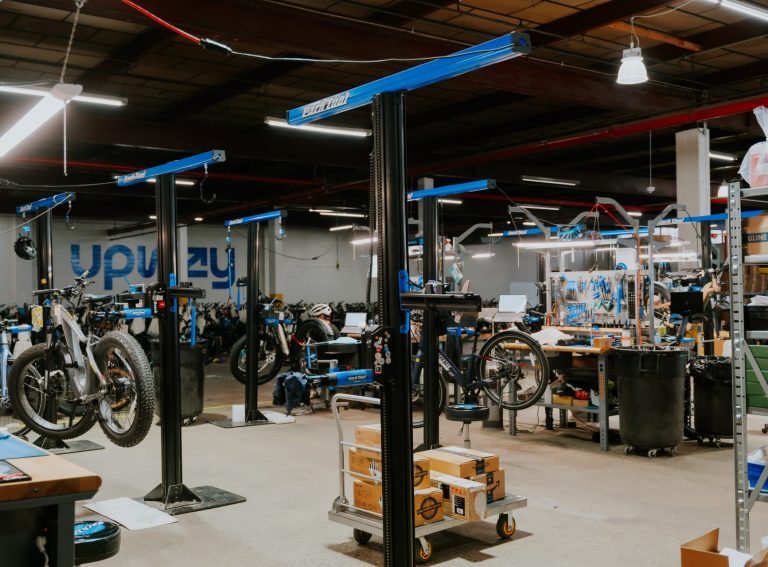Belgium is in the midst of an “institutional crisis”.
Since national elections took place seven months ago, the country has witnessed lengthy coalition negotiations which still haven’t materialised into a new government.
We speak to Belgian green politician and the Minister of Mobility, Public Works and Road Safety of the Brussels-Capital Region Elke Van den Brandt on where sustainable transport fits in amidst the political turmoil.
Zag Daily: If you form part of the next government, what kind of city will you aim for Brussels to be?
Minister Van den Brandt: “I want Brussels to be a city whose shared and public space feels like home. Today, Brussels feels like a city organised for cars to pass through from point A to B and we’re fighting to reclaim space for bike lanes and pedestrians. I want public space to feel like the living room of a house, where you feel welcome, safe, and healthy to meet with others. This means not only using public space as a corridor to get to places, but treating it as a core element of the city.”
Zag Daily: How does this place-based approach benefit the people of Brussels?
Minister Van den Brandt: “Most people that live in Brussels – or in many other cities – live in apartments. They don’t have a garden or a terrace or maybe they don’t have many social contacts, so they often feel isolated. That’s why public space should feel like home, and why how we reorganise and redistribute space is a crucial debate. For me, the wider topic is not about mobility or transporting goods. It’s simply about creating a better shared space. Understanding the place we give to transport is key to that because if we give everything to cars then nothing is left for other functions. The future of Brussels and many other cities is finding that new balance.”
Zag Daily: You recently issued a report into the consequence of larger and heavier cars entering cities. Can you tell us about this?
Minister Van den Brandt: “Over the last few decades, while our mobile phones have gotten smaller and smaller, our cars are getting bigger and bigger. People feel safer in bigger cars, but the only people who are safer are those inside them. Everybody around you is less safe.
“Sometimes, a big truck really is needed, like if someone is transporting large goods. But for those that live in cities, a small clean car is far more apt to respond to their needs than a bigger car is. The most important takeaway for us is don’t let this tendency happen. We need to put these cars on a diet and ensure that it’s more attractive to use a small, clean car than a large one or no car at all. This report is meant to serve as a menu for the next government, which I hope to be a part of, because at the moment we’re in between two governments. It can then use our findings and analysis to understand what can and can’t work when handling this tendency to go for larger cars.”
Zag Daily: How is Brussels responding to this trend of opting for larger cars?
Minister Van den Brandt: “That’s the question – how should we act? There was already a glitch in our fiscal system which meant that it was financially more attractive to buy a large car. We shut down this glitch and must go further. Many cities are working on limiting large cars like Paris and its parking tariffs for SUVs. We can also fight this trend on a local level, but we should act on a European level. For example, we could create zones for light and small cars only which would exclude the most polluting vehicles such as those categorised as Euro 1 to Euro 3. We could implement a wide-scale fiscal system or parking tariffs like Paris to discourage larger cars. There are many possibilities. But I think tackling this tendency requires action on a European level.”
Zag Daily: What specific policy do you want to see at a European level?
Minister Van den Brandt: “I want to see Europe mandate car producers to make smaller cars. Between 2020 to 2024, the EU said the average carbon emissions produced by cars should be no higher than 95gCO2/km. That means if a car producer makes cars more polluting than this, they must also develop cleaner cars to reach this average. This had a big impact on the kind of cars that were produced and is just one example of European intervention. In the meantime, countries can act on the local or regional level. We can fight from Paris or Brussels, or even Paris with Brussels, but ultimately this is a cry for help for Europe not to leave us alone in this combat, and not to let industry captains steer the way based on whatever models are best for their profitability. There is a market for lighter vehicles and many people want to make the switch but don’t have the money to do so. We must look at our own needs and stimulate that market to stop people from being seduced by larger cars.”
Zag Daily: Backlash may arise from drivers who feel as though something is being taken away from them. How would you navigate this?
Minister Van den Brandt: “The neuroscientist Samah Karaki shared many good insights with me on this and on how our brain functions link to mobility. You can use rational argument to justify a policy – like the way we rationally justify not eating a cookie because it’s bad for our health. But we still end up eating that cookie. So sometimes rational argument is not enough and we need to actively change habits. The time to do that is at the moment of rupture like when people change their location. On average in Brussels, people move once every three years. Especially for young people leaving their parent’s place, this is a great moment to restart and create new habits. That’s why in Brussels residents aged 18 to 24 pay only €12 per year to use our public transport systems. The idea is that if you don’t have a car at 25, you’re likely to never get one because you’ve built a habit of using public transport.”
Zag Daily: So Brussels takes a hand-in-hand approach to reducing car ownership and improving public transport. How does active travel fit into this?
Minister Van den Brandt: “We are trying to make active travel feel like the easiest and most convenient option. To make public transport a habit, people need to know there are regular bus stops not too far from each other. Similarly for walking and cycling, it comes down to infrastructure. If you want people to cycle, they can’t be afraid of doing that. We’ve invested a lot into our protected bike lanes and we’ve tripled the number of cyclists in the last few years. Build it and they will come. The same applies to walking – if you want people to walk, the city must feel nice to walk in.
“We’re trying to implement a regional cycling and walking plan because this will end up being a car plan too. In the historical centre of Brussels, we saw how cycling and driving came hand-in-hand when we implemented a circulation plan which makes it more difficult for cars to pass through. Car traffic reduced by 25% and bicycle use increased by exactly the same amount. We must continue to take these types of actions to achieve a modal shift even when it’s difficult. Aside from infrastructure, what I really dream of is making our current bike share system part of our public transport system. Villo has been in place for a long time and its contract is scheduled to end in 2026. I would love for the public transport authority to incorporate it into the subscription at a small additional cost.”
Zag Daily: How is Brussels investing to increase active travel uptake?
Minister Van den Brandt: “For context, our total mobility budget makes up 25% of our regional budget and 1/6th of our regional budget is for public transport. That’s about €1.2 billion euros going into public transport in Brussels. But in my experience for active travel, money is not the issue here. We’ve never not put a bicycle lane in by lack of money but often by lack of political possibility. The Green Party is fighting for it but almost everybody else is against the idea. We have many tunnels and bridges in Brussels in need of renovation and we must pose the question of if we even need all of them, or if they’re just acting as a car magnet. So what’s more crucial than money is how we can convince others to take away a little space for cars to give to cyclists. That’s the real angle. It’s the current infrastructure that takes up all of our budget, so that’s what we should be questioning.”
Zag Daily: Where does shared micromobility fit into the transport scene?
Minister Van den Brandt: “Shared micromobility is a debate for us in Brussels. While we’re not in principle against it, there are issues with the way e-scooters – or more commonly ‘e-steps’ in Brussels – are organised and the injuries associated with them. We’ve tried to put measures in place to make them safer, but the number of accidents – and accidents involving head injuries – still concerns me. If we don’t see a shift in the number of injuries then we will put forward the question of if we even allow these vehicles onto our streets.
“How e-scooters and e-steps are parked is another crucial area. They used to be parked everywhere on sidewalks and it became a significant safety concern for people with bad visibility. We changed the policy and implemented drop zones which means riders must leave their vehicles in specified areas, and we also limited the number of e-scooters and e-steps in the city because there was an over-offer. We used to have six companies wanting to provide these vehicles for the whole region and we’ve reduced this to two operators today. We’re in a legal battle to ensure that just two operators stay. If injuries reduce and our sidewalks clear up then e-scooters and e-steps can stay. But if it doesn’t work then, like Paris, we will decide to stop the whole system. This is a final chance to see if e-scooters and e-steps can work in Brussels.”
Zag Daily: Who is one woman in the sustainable transport industry that inspires you?
Minister Van den Brandt: “I’ve mentioned Samah Karaki because she takes a unique view of mobility and how politics should act in accordance with our brain functions. Another woman is author Jane Jacobs who said that designing a dream city is easy, but rebuilding a living one takes imagination. A third woman is Riet Naessens – a local woman here in Brussels who has volunteered for decades. Riet gives cycling lessons to whoever wants them and particularly focuses on women and low-income neighbourhoods.
“I think cities change because of people like Riet. It’s not usually because of one big decision, but lots of small differences many people make to create that transition. It’s a hopeful image because we’re in a time when international politics is not very positive and it can often induce despair. But seeing how much impact one person like Riet can make, and knowing that they have made just as much a difference as a Minister or anyone else – these thoughts continue to be my hope for the future.”





